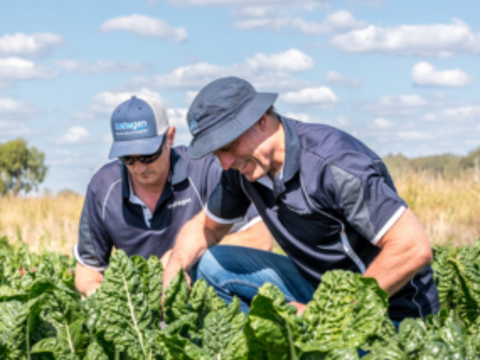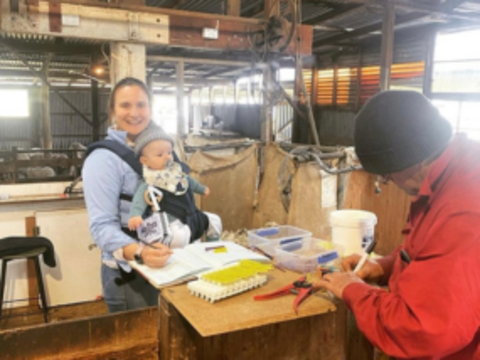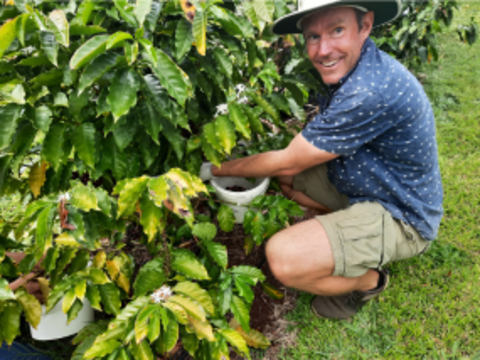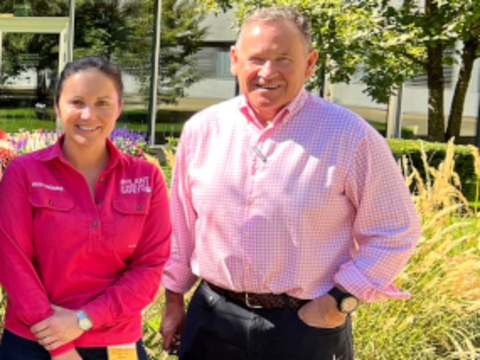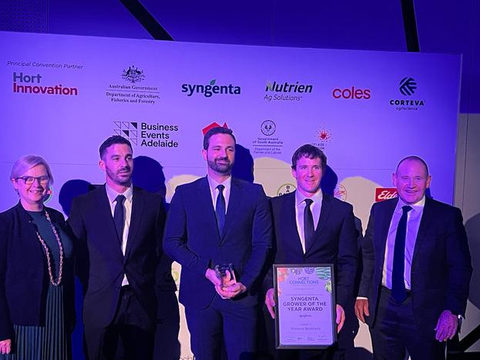Herbicide resistance “RISQ Test” advanced for 2014
- Simpler and more effective workflow for RISQ Test in 2014.
- Set collection days for samples to streamline testing.
- New procedure for samples that arrive in poor condition.
Syngenta has announced that the Syngenta Resistance In-Season Quick (RISQ) Test is now available again with an advanced workflow to improve the turnaround of tests and provide fast information about weed resistance levels for growers and consultants.
Herbicide resistant weed populations are now found throughout all cropping areas of Australia, and the number of resistant species and areas affected by resistance continues to increase. The RISQ Test is an in season universal method for detecting herbicide resistance in weeds and resistance to a wide range of herbicide modes of action prior to field application. It is designed to be a fast and effective tool providing results in 14 to 21 days, enabling growers to make informed choices prior to application in the field.
David Bushell, Delta Agribusiness agronomist, Temora, said the RISQ test helped prevent significant yield losses to ryegrass for a client’s crop last season. “It was hard seeded ryegrass that germinated with the wheat crop after a rain event, and we quickly needed to identify the best post-emergent herbicide choice to control the outbreak,” said David.
“We collected the samples, sent them off for testing and quickly received the information outlining the most effective spray choice for that population of ryegrass. Control was effective, resulting in an excellent yield and limited costs saving a lot of money, possibly as much as $100,000.”
The improvements to the RISQ test include set collection days (Mon-Wed) to streamline testing and a new procedure for samples that arrive in poor condition. Syngenta Solutions Development Manager, Garth Wickson, said the changes will allow growers and consultants to better use what is already an effective tool.
“Because the RISQ Test has a fast turnaround, herbicide resistance can be managed in season, which is a big advantage,” said Garth.
“What we’ve worked on for 2014 is to make the workflow simpler and more effective. Set collection days will mean mailing of samples is better coordinated with growers and the chance of samples arriving in adequate condition increased. We’ve also implemented a system that advises growers when samples are received and whether they are in a suitable condition or not, meaning a new sample for testing can be dispatched sooner.”
Active ingredients tested this year will be the same as in 2013 and include pinoxaden (AXIAL®), clodinafop (Topik®), pyroxsulam (Crusader™), clethodim (Select™) and glyphosate. Testing is suitable for weeds up to the 3-leaf stage and instructions on how to collect samples are available at www.syngentacereals.com.au
Samples should come from high risk paddocks or firebreaks and be taken from areas where weeds have survived herbicide application in the previous season. “The RISQ Test is part of our ongoing commitment to provide growers with tools to tackle their daily challenges, such as managing herbicide resistance,” said Garth.
- Ends -
Syngenta is one of the world's leading companies with more than 28,000 employees in over 90 countries dedicated to our purpose: Bringing plant potential to life. Through world-class science, global reach and commitment to our customers we help to increase crop productivity, protect the environment and improve health and quality of life. For more information about us please go to www.syngenta.com




